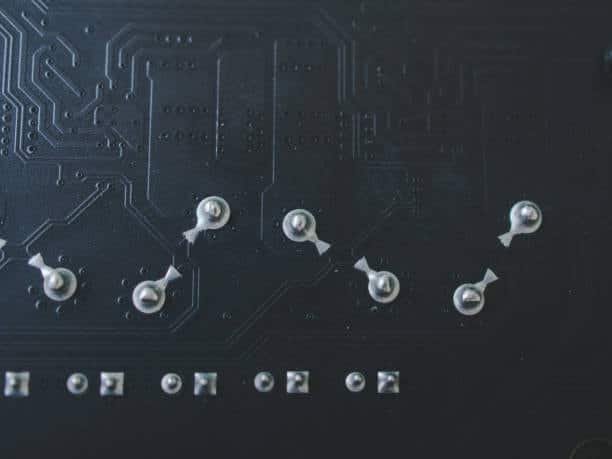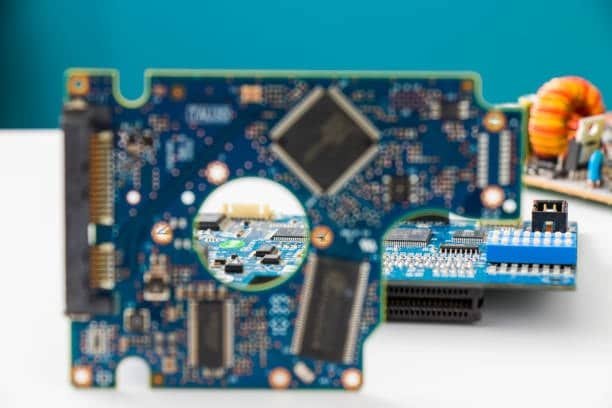Soldering is a prime method in turning raw electronic parts into finished assemblies and diagnosis of any fault. Soldering makes, hence, the strong and stable connections between and among the components of an electronic device. There are two common ways of soldering – most people have heard of solder and soldering irons, however, only a rare few know what flux the process depends on.
This article provides an in-depth explanation on the subject of flux and what it is, the reasons behind flux to be essential in soldering and finally types of flux available.
What is soldering flux and soldering process?

Flux is a chemical used for tons by solderers to clean, protect and enhance the effective flow of solder. When we say fluxes it means the this is a kind of chemical components that will help to prepare it to the metal surface for soldering flux just to removing oxides and then promoting wetting on it and by enhancing the flow of the said solder.
It is used on either the soldered surfaces being soldered to get rid of corrosion, pollutants, or incurable objects, which means you are able to achieve bonding of solder on the clean area. Instability also enables solder to flow more readily and results in the more durable solder joints.
Process
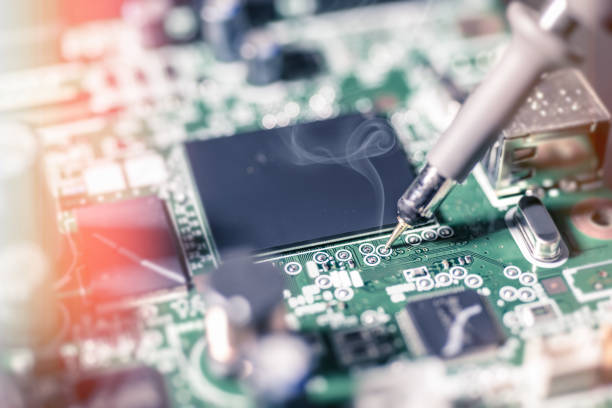
Soldering, in turn, is a connection of metal surfaces with the help of melting new filler metal (solder) into the joint. The area is heated, either using soldering iron or the torch, and flux is usually applied to clean the surfaces and enable solder flow.
After this, the flux is applied to the joint before the solder is all set, forming a durable, long-lasting bond between the two surfaces.
What are the types of Fluxes and their advantages?
There are several types of fluxes used in soldering, each with its own advantages:
Rosin Flux

Made of pine tree resin, rosin flux kindle and wick the contamination and flux from metal surfaces. It is the common kind that you can have on various formulations and form factors for different soldering compositions.
Water-Soluble Flux
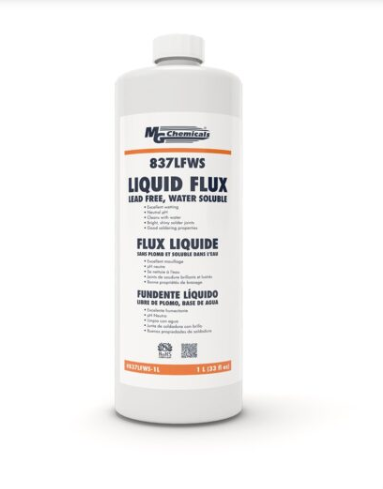
The use of environmentally friendly water-soluble flux facilitates easy thorough cleaning, as opposed to rosin soldering flux which is insoluble.
The method can therefore be specially applied where residue removal is considered a critical process.
No-Clean Flux
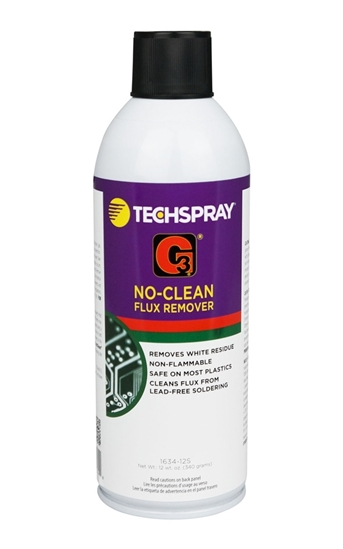
The function of non-clear flux is to residue a minimum amount in the board that reduces the necessity for cleaning in most cases.
It is a good option when the area can’t be cleaned or there is no practical way to clean fluxes it.
Organic Acid Flux
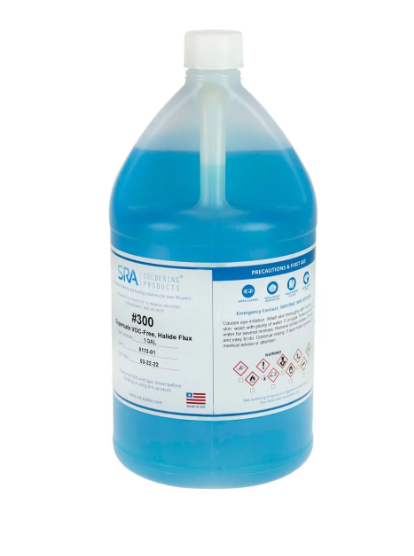
Organic acids fluxes, unlike other fluxes, are less intrusive and hence, they are well suitable for sensitive components of electronic devices compared to inorganic acid flux.
Electronic tools are usually applied to assembly and repair in the electronics industry.
Why is Flux important?
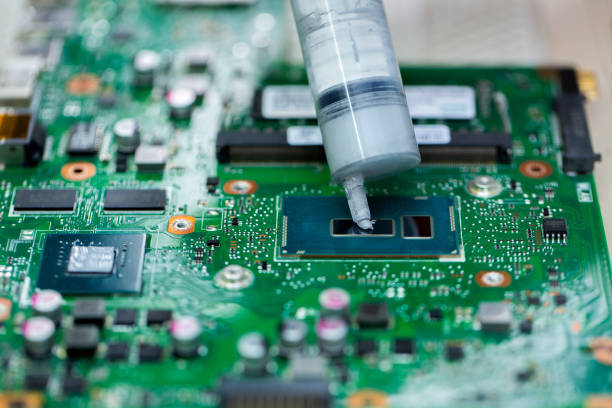
Flux serves several important functions in the soldering process:
- Cleansing: Flux strips oxides and other contaminants off of surfaces being soldered and leaves a clean, conductive surface for the solder to effectively attach to.
- Protection: Flux interferes with the processes of oxidation on the metal surfaces during the soldering process, thereby disallowing new oxides that may affect soldering to come into being.
- Wetting: Solder flow of flux assists the solder become of the surfaces and spread evenly, which in turn makes the wetting and adhesion of solder to the components better.
- Heat Transfer: Solder flux has an important role in temperature transfer during soldering, ensuring that you reach the required temperature, so you can achieve a strong bond.
How to Use Solder Flux
Using solder flux is a straightforward process, typically involving the following steps especially wave soldering:
- Prepare the Surfaces: Make sure that the surfaces to be soldered are clean and free of any dumps, grease, or oxides. Scrape the working parts using a wire brush or sandpaper if they were build up dirt.
- Apply Flux: Using some flux on the intended joint surfaces will help with soldering. For adding this flux you can use a flux pen or a brush. Make sure that the tungsten inert gas is evenly distributed all through the soldering process.
- Heat the Joint: Apply heat either by soldering iron or torch to the joint. The rosin fluxing is going to get rid of any which would remain from the oxide layers and the contaminants, letting the solder spread well.
- Apply Solder: Heat up the joint first. Afterward, the solder must be applied to the joint. Flux is contained in this, which works as a material that assists the solder in flowing over the interfaces and adhering to them, thus forming a joint that is very strong.
- Clean the Joint: After soldering, it is imperative to wipe off the joint to remove any flux remnants left. To achieve this, the use of a flux remover or isopropyl alcohol and a brush is required, in order to helps clean the joint completely.
- Inspect the Joint: Lastly, verify the soldering material so that it is well secured and there are no defects. A soldered point properly fixed should look as a seamless bud with shiny-like surface.
Flux Formats & Packaging Options

Flux arrives at different forms such as liquid, paste, or pellet-like to match every solders needs. Some common formats and packaging options include:
Liquid Flux
Liquid fluxes are the most commonly applied flux when using hand soldering and are generally stocked in smaller bottles or containers equipped with dispensing nozzles for convenient application. It is convenient because it has an ability to be pre-designed for the soldering- and it can be precisely applied to the soldering area.
Paste Flux
Paste flux is a thicker consistency than liquid flux; therefore, paste flux is normally applied in areas where controlled application is required. It comes standard in jars or syringes in most cases making it easy to handle and to administer.
Flux-Cored Solder Wire
A flux-cored soldering wire is a solder wire that has a core of flux at the central point of the solder wire. This is because the zircon dioxide is in flux form, so it can be used directly in soldering without the need for separate flux application. Taper-cored solder used for wire thickness and packaging as possible (e.g. spools and rolls).
Solid Fluxes
Liquid flux is liquid flux that is in a solid form most of the time and it is usually made in the shape of sticks or lumps. It has less chance of being used as liquid or paste based flux but being capable of melting in solid form, it can be applied to the soldering area by using a soldering iron.
Pre-fluxed Solder Preforms
It is a variety of types and modes of application that give soldering professionals an opportunity to make the right choice of flux for the most special soldering solution.
They can chose the most suitable one among lots of types and formats of flux. This means they can use fluxes with the various auxiliary packages for different soldering applications.
Conclusion
Finally, in the last part, flux, it is one of the main elements in the soldering process and performs an important task of creating strong and stable solder joint it cleans and prepares metallic surface tension by removal of an oxide as well as of other contaminants, allowing the solder to flow smoothly on them and to connect them without having difficulties.
The flux allows the molten solder to form a permanent electrical and mechanical joint. Flux prevents metal corrosion while adjusting the flow of matter through atoms during soldering. When we say fluxes it means the this is a kind of chemical components that will help to prepare it to the metal surface for soldering flux just to removing oxides and then promoting wetting on it and by enhancing the flow of the said solder. Use an appropriate solvent to remove all corrosive residues the solvents, ensuring a clean and functional circuit board.
Consequently, it eases creation of a smooth conductive surface for the solder to operate properly. Flux is essential to provide a clean and smooth surface. The solder paste mixture of solder alloy particles with fluxes, and then solder flux itself will act to breakdown the oxidation barrier which it can otherwise aware a strong and reliable connections between the solder and the stronger metal surface. Solder professionals should thus adopt the idea of flux and apply it correctly so that they get strong solder bonds in their electronic assembly and electronic components and pcb assembly.

